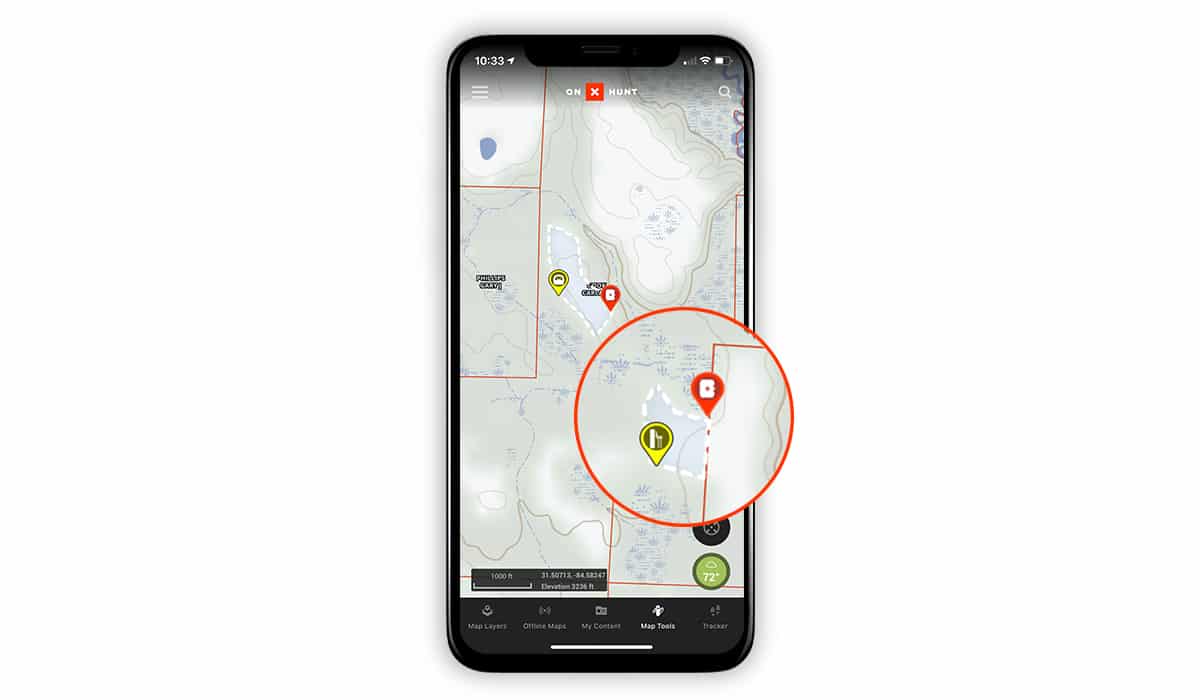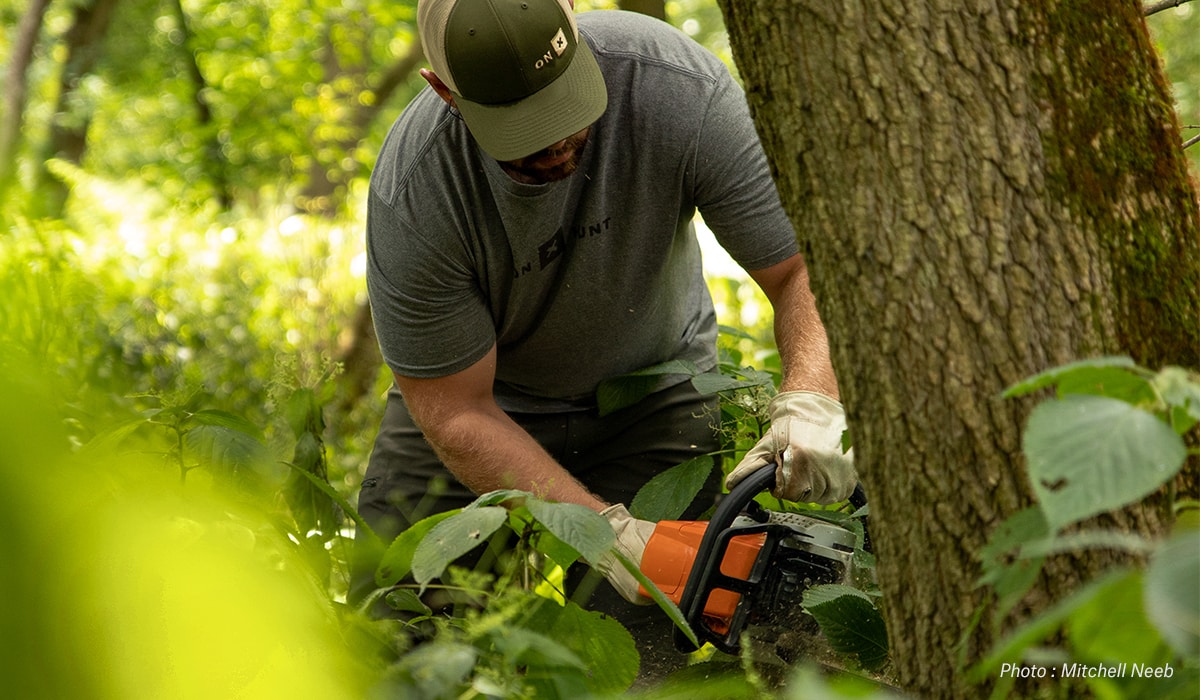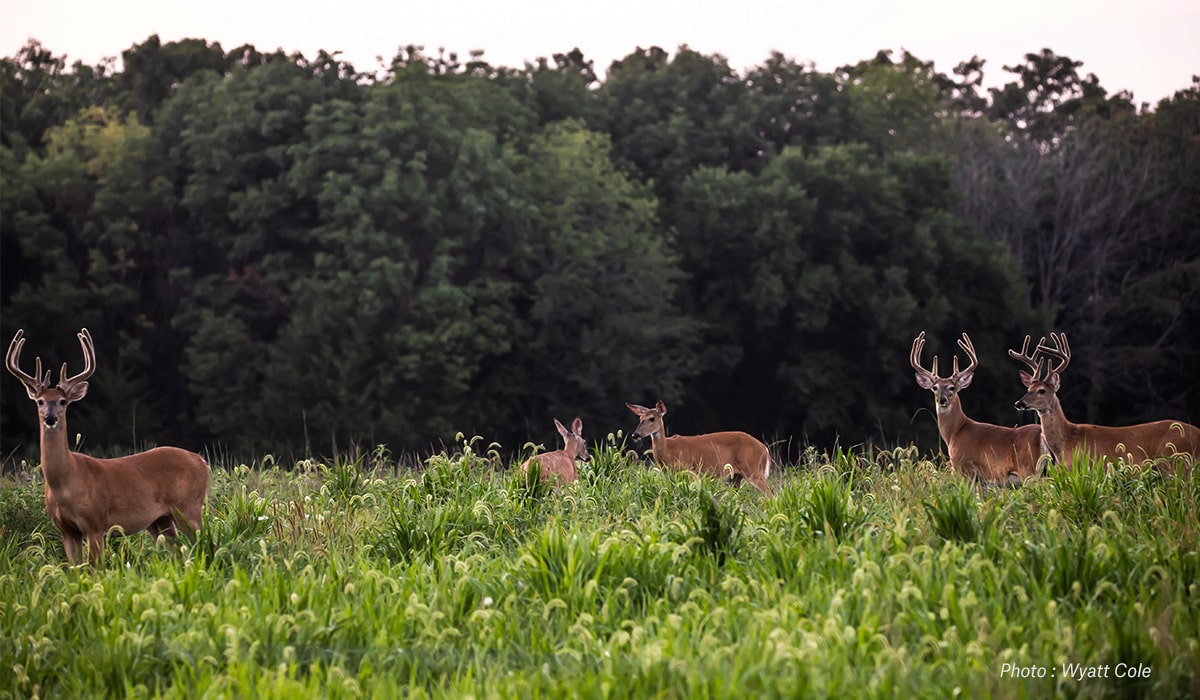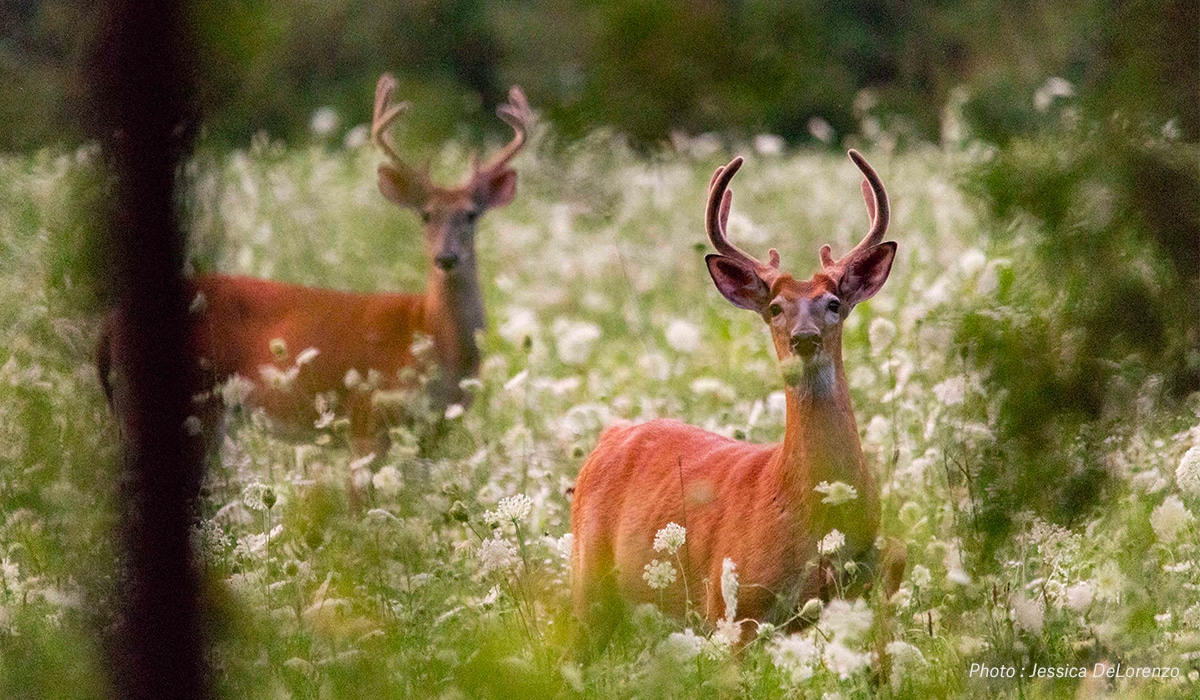A Land Management Q & A With the Quality Deer Management Association
We sat down with QDMA’s Lindsay Thomas to address many of the common questions surrounding land management practices and how you can up the size and quantity of deer on your land.
Whether you’re considering dipping your toes into the land management game or you’re a seasoned pro looking for a new idea to try this season, the Quality Deer Management Association (QDMA) provides the resources you need to take the next step. To that end, we cornered QDMA’s Director of Communications Lindsay Thomas and peppered him with our burning questions about how to increase the quantity and size of deer on your land.
Lindsay’s thoughts on land management mirror QDMA’s holistic approach to creating quality habitat that provides deer with everything they need to thrive and, perhaps most importantly, stick around. By implementing QDMA’s guidance on your land, you’re sure to grow the quality bucks you’re after. If you have more questions about land management after reading through the interview, or if you’re ready to implement new practices this year, head to QDMA’s website for all the information you’ll need.
Give us a quick synopsis of what QDMA is all about.
To sum it up, QDMA is here to ensure the future of white-tailed deer, wildlife habitat and our hunting heritage. One of the ways we do that is by teaching hunters how to have healthier deer populations and high-quality habitat—simply put, these things lead to better hunting. Through local decisions and action, you can balance a deer herd with available nutrition and improve the social balance (buck:doe ratio) while increasing the number of adult bucks and does in the herd. This leads to healthier deer, more rubs and scrapes in the woods and more rut behaviors like chasing and fighting. A hunter will hear more deer vocalizations, witness more rut activity and get more responses to grunt calls and rattles. All of this means better deer hunting, and that’s why QDMA is where deer hunters belong.

As a whitetail hunter and land manager, how do you use the Hunt App?
So many ways! As a hunter, I use onX Hunt to mark stand sites so I can easily find them in the dark, mark trail cameras so I can relocate them and to just keep myself oriented when I’m hunting sheds. The App also helps me scout more effectively by showing me likely attraction points, travel corridors and other landscape features. As a habitat manager, I use the App to flag interesting habitat sites like a valuable wildlife tree that I want to return to and “release” from other competing trees. I’ve also used it to map invasive plants I find so I can come back and eradicate them. It comes in handy for mapping habitat management patches because you can’t tackle an entire hunting property at once—you have to break it down into manageable units. The App’s Private Land Layer is also a huge help, especially for monitoring property boundaries and staying in touch with neighbors as I explained in a recent article I wrote about preventing trespassing.
How can folks identify the improvement needs of their property?
There are some easy techniques for evaluating deer habitat that basically involve taking a walk in the woods you hunt and asking yourself a few questions. For example, if you were a fawn trying to hide, do you see plenty of ground-level cover you could use? Do you see high-quality natural deer foods within reach of deer that are not heavily browsed, or is all the forage that’s within reach of deer gone? Knowing some of the most important natural deer foods in the area will help, and QDMA has regional top 10 lists to get you started. If you’re not seeing much cover, and if attractive natural deer foods are gone at ground level, you need to address that. If you place a browse exclosure in a food plot and the exclosure fills up with forage while all the forage is gone outside of it, you don’t have enough food for the deer to use that property. I outlined 10 red flags of poor deer habitat that you can read about in this article.

What are a few “easy win” land management projects that folks can do on their own this summer?
Many hunters think of food plots first when it comes to land management. But, you need to ensure there’s plenty of natural forage and cover first, and the techniques for increasing the supply of those are often easier and cheaper than planting and managing a food plot. Simply putting more sunlight on the ground will stimulate understory plants to grow and provide forage and cover—even if you only do it in a small area. For example, if you can identify a common non-native invasive tree or shrub species where you hunt, you can cut down and kill those with the hack-and-squirt technique and allow something better to grow there. Even native tree species can be overabundant and crowded, so selecting and removing some of them will allow more sunlight in a forest and produce more forage and cover for deer. Or, if you lack quality wildlife trees that produce acorns or fruit, you can plant them in open areas. QDMA has a guide on how to do it successfully. Once you’ve started increasing sunlight and good understory plant production, you’ll want to maintain it with prescribed fire every few years. We provide guidance on how to get started with safe, effective prescribed burning.
Improving wildlife habitat can be a daunting task—what are some strategies that QDMA recommends to tackle it?
Yes, if you look at the land you hunt and try to think about improving it all at one time, you’ll quickly feel overwhelmed. It’s a good idea to break a property down into manageable units or patches, separated by some existing boundary like a firebreak, road or stream, and take them one at a time. To break it down into even smaller bites, you can simply look at ways to improve food and cover along the edges of existing roads or other openings, as we explain in this article.

How soon can a landowner or land manager expect to see a difference in quantity or quality of deer after completing some of these land management practices?
Natural plants respond quickly to encouragement from sunlight, soil disturbance and fire, and the first new growth to emerge is very high in quality and digestibility. The attraction power is immediate, just like with a planted food plot. So, you can begin seeing more deer in such an area within days or weeks of your work. Seeing higher-quality individual deer take a little more time. For optimal health, deer require year-round high-quality nutrition, and there needs to be enough food to go around for the number of deer using the area. If you maintain balance between deer numbers and habitat, and if you keep improving more patches of habitat every year, you can notice a difference in the quality of deer and your hunting within a year or two of starting out. That difference will only become more pronounced as time goes on.

Are there any ways QDMA can help folks better understand whitetails and their habitat needs?
In addition to joining QDMA and receiving regular information from us in our magazine and digital newsletter, a hunter can get more advanced knowledge and training through our Deer Stewardship program. Level 1 Deer Stewardship training takes place online through video instruction. Level 2 is in person with hands-on instruction, and we also offer special in-person Habitat Modules to learn specifically about habitat management.